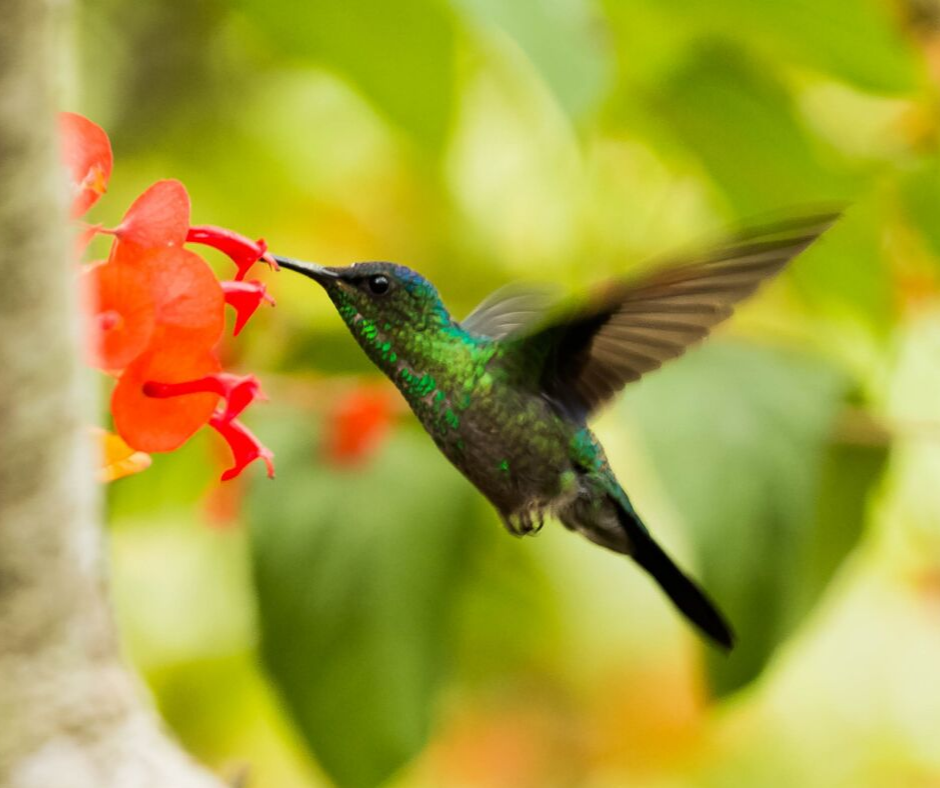STATE NEWS | Outdoors — There’s an old wives’ tale that says that homeowners should remove hummingbird feeders as soon as the weather cools, otherwise, the birds won’t migrate south. Not so, says state wildlife officials. According to officials at the Tennessee Wildlife Resource Agency (TWRA), to properly support these tiny creature prior to their over 1,200 mile flight to South America for winter migration, homeowners should leave feeders out until mid-October or two weeks after you last see birds in your yard. If temps in southern, middle Tennessee remain unseasonably hot, this target date could get pushed back to early November.
Hummingbirds can self-regulate body temperatures at night by going into a semi-hibernation state called torpor. This allows them so stay safe even when nighttime temps dip.
They also migrate individually instead of in flocks like most birds. Prior to migration, hummingbirds eat more … as much as 25-40 percent more in order to bulk up for the long trip. So, feeders and fall nectar-producing flowers are key. They also need access to extra water, especially when there’s little rain and temps stay over 90 degrees.
So, how do they decide when to leave? It usually depends on a couple of factors including the angle of the sun, as well as the presence of insects and fall flowers. They’ve even been known to wait out bad weather, like a hurricane in the Gulf of Mexico.
For more information, check out the Audubon Society’s Hummingbird Feeder Guide by clicking here. Or check out the TWRA’s hummingbird page by clicking here. •

